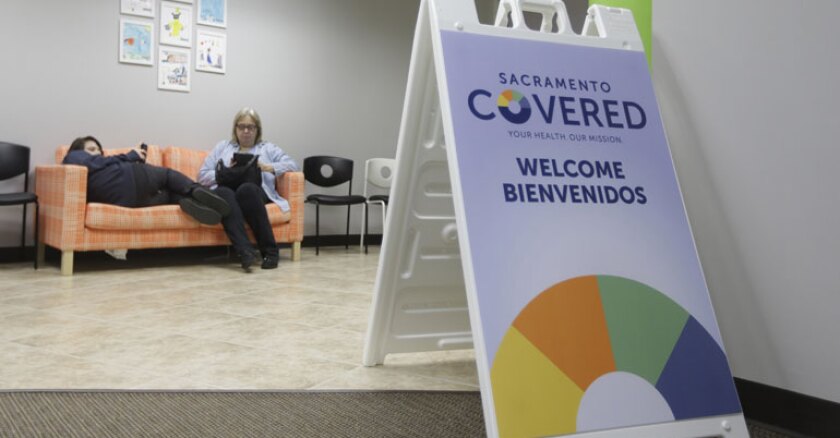According to a recent study from the University of California, Berkeley, that's because the state has an “active purchaser” exchange, which means the state directly negotiates with insurance companies over everything from premiums and benefits to hospital networks. Some other state exchanges function as active purchasers -- Connecticut, Kentucky, Maryland, Massachusetts, Nevada, New York, Oregon, Rhode Island and Vermont -- but California is especially stringent with insurance companies.
Most states just make sure that insurers are following federal guidelines, and then they “just set up a website and just let the companies compete,” said Richard Scheffler, a co-author of the study and professor of health policy at UC Berkeley.
California’s system is unique thanks to its rigorous vetting process for insurers that want to participate in its marketplace. At the onset of the ACA, the state hired a team to look over health plan proposals from insurance companies and excluded any that it deemed uncompetitive. Unlike in any other state, every plan in California has identical benefits, so enrollees are “choosing a plan basically just for the network,” said Shana Charles, faculty associate with UCLA’s Center for Health Policy Research.
Because the state chooses the plans, insurance companies are under pressure to offer lower rates.
“It’s an example of good governance,” said Charles. “Government is taking a referee role and telling these insurance companies, ‘This is the minimum standard, so show us what you've got.'”
And the state's work has paid off in the form of lower premiums.
In 2014 and 2015, nonactive purchaser states saw premiums rise by as much as 20 percent. Even in New York, which is an active purchaser like California, areas of the state with less insurance competition saw premiums increase by 7 percent over the same time period. California premiums, however, increased by an average of just 4 percent. (Premiums did, however, increase in California regions with less hospital competition.)
Health analysts are predicting another year of premium increases, thanks in part to growing monopolies in many parts of the country. But lack of competition wouldn’t be a problem, says Scheffler, if more states adopted California's method of rigorous oversight and “apples to apples” plans.
But increased competition only makes sense up to a point, say Scheffler and others. As the study noted, California rejected 20 insurers, selecting just 12 for its marketplace.
"Some experts believe that if a consumer has more than five or six options of something, they just get confused," said Scheffler. "And these are complicated plans, so why wouldn’t you want to make it as easy as possible?"









